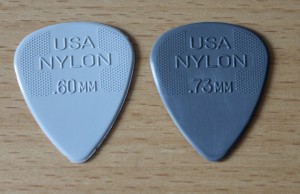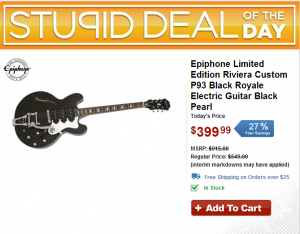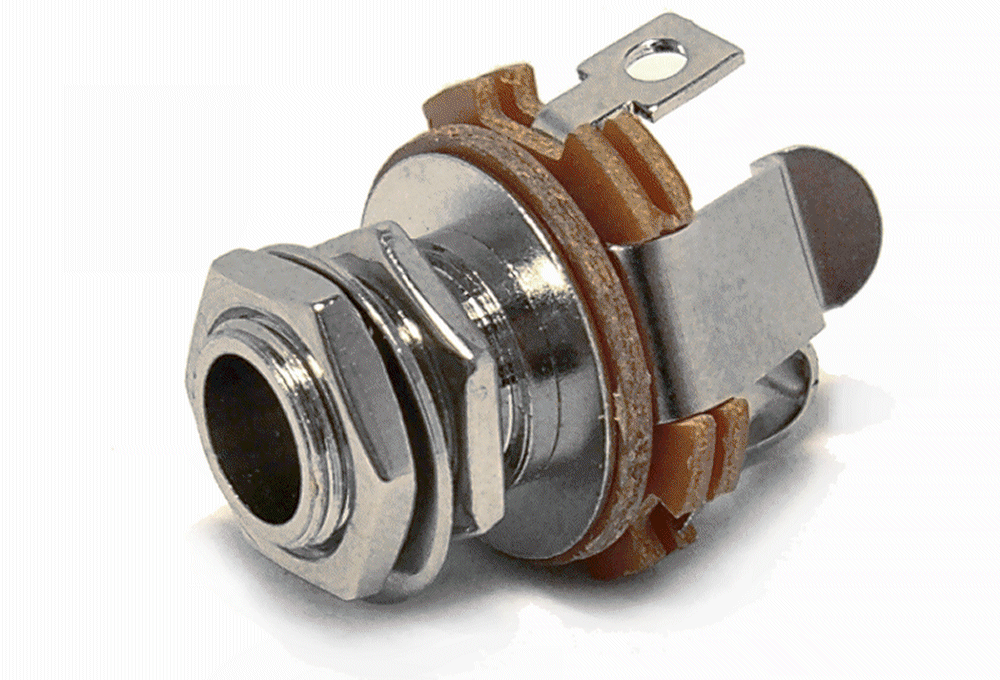
Output Jack Considerations
In this article, Pete Biltoft at Vintage Vibe Guitars goes in-depth on the simple, often overlooked output jack.
Thanks again to Pete for the permission to post this here!
September 2013
Howdy!
The topic for this tech tips newsletter is the all-important output jack.
While there are a few different styles of output jacks have been used in electric guitars and basses including cables with XLR connectors, ¼” stereo output jacks and 1/8” size mono and stereo jacks, for the purposes of this newsletter I plan to focus on the industry-standard ¼” mono output jack. I quite often use output jacks manufactured by Switchcraft and unless specified otherwise in this discussion I will be referring to the Switchcraft model output jack designed for strat, tele and Les Paul style instruments.
This simple and often overlooked component provides both a mechanical and an electrical interface to the guitar cable and is one of the most frequent causes of electrical issues in an electric guitar or bass.

Feedback Destroyer

In garage rehearsals with my band the Drop Daddies– it can get loud, and we’ve been struggling with the mics feeding back.
So, a few weeks ago, I ordered an inexpensive Behringer Feedback Destroyer FBQ2496– it was used on Guitar Center for only $50. GC has a good return policy so I figured it’s worth a shot.
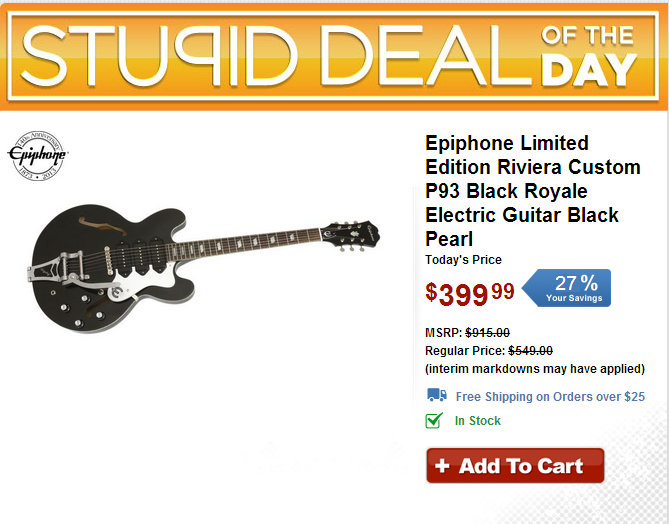
Epiphone Riviera P93 Stupid Deal
I just love Musician’s Friend Stupid Deal of the Day.
Right now, for one hour only (until 8am PST), they have the Epiphone Riviera P93 Black Royale, for only $399, shipped free. You’ll never find a better deal on it.

Satchurator Volume Mod

I love my Vox Ice-9 overdrive, so I decided to try out the Vox Satchurator. It’s apparently a boutiquey version of the classic Boss DS-1. When I received it, I immediately plugged in and lost myself in its glorious tones for an hour or so. It sounds really really good. Very different from my overdrives and fuzz. It has a big, saturated, overtone-rich distortion. Excellent for thick heavy leads, but also equally good for massive chunky rhythm.More
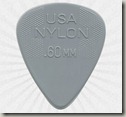
Replace Those Worn Out Picks!

Unlike with smoother picks like the Tortex, I find that I never really drop these. I have one of those Dunlop mic stand pick holders, and I dutifully load it up with 3 or 4 picks at the beginning of every gig and rehearsal. But honestly, I have never, not even once, needed to reach for a replacement pick!
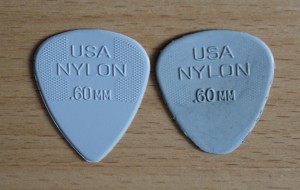
I’ve always thought these picks would just last forever. But I recently ordered a new 12-pack, and was amused to see such a big difference.
I hadn’t realized that these picks I had been using were so ridiculously worn out! The new picks have a more clearly defined (undamaged) bottom edge, so they dig a little deeper when picking. Practicing with those worn picks, I’m actually getting used to holding my picking hand at the wrong pick-depth – not good! Time to throw away these old picks!
